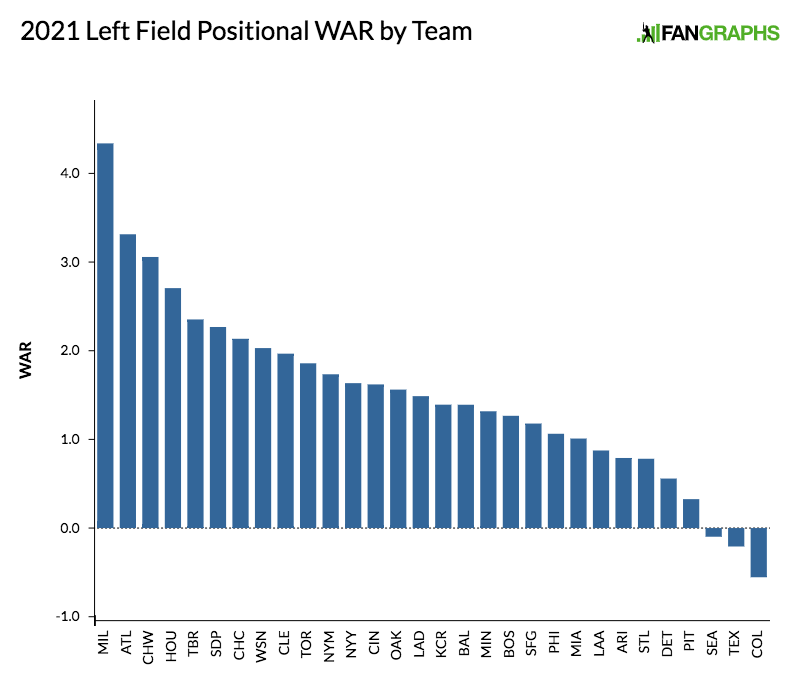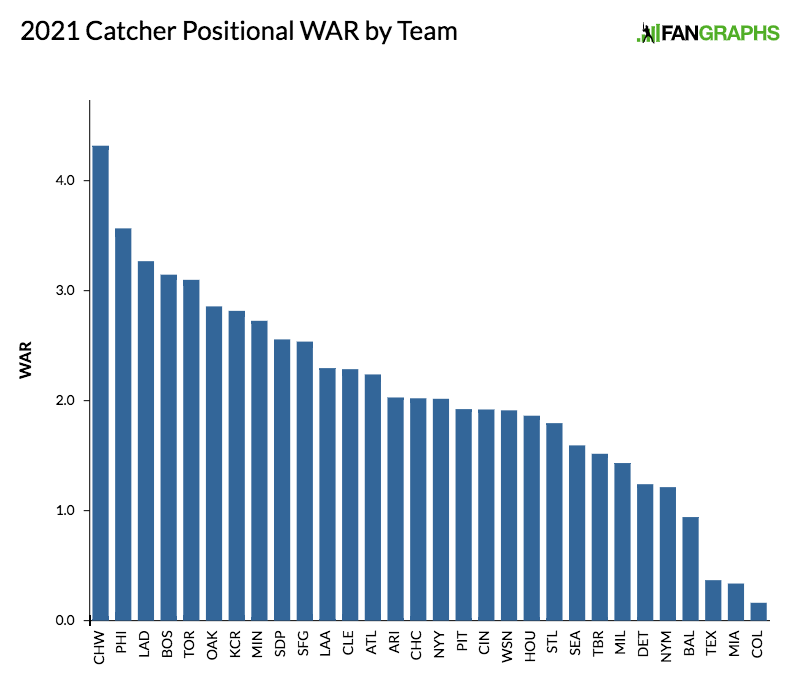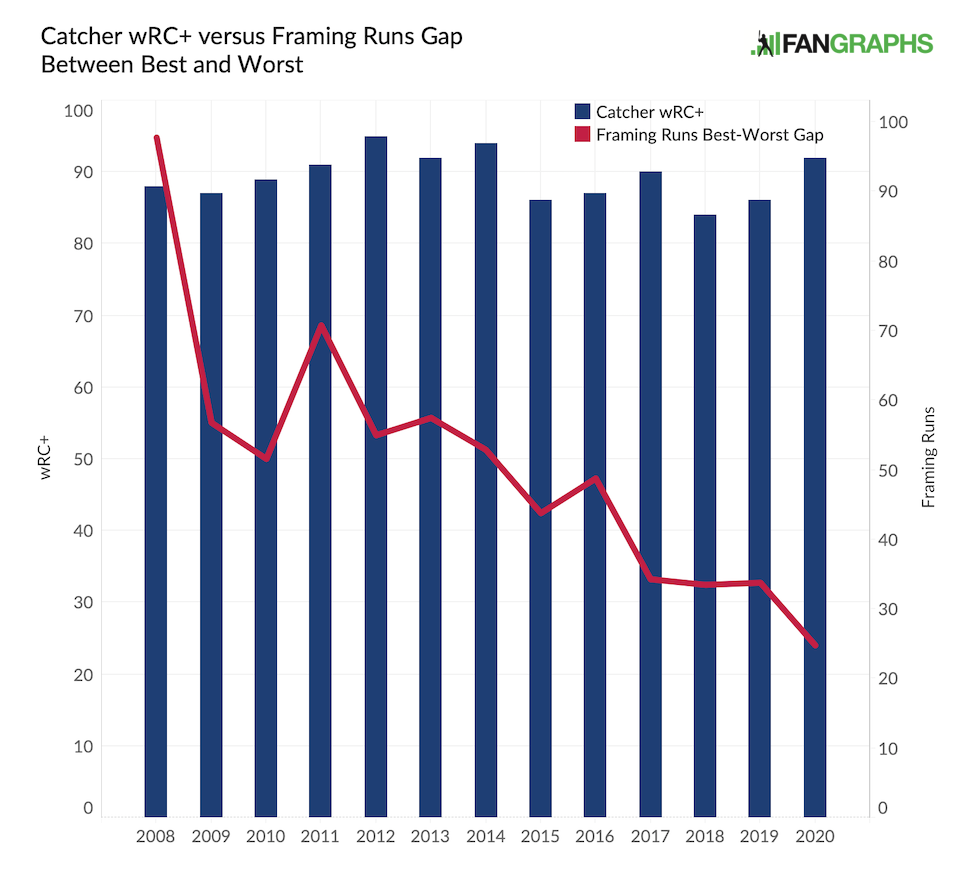The Detroit Tigers have a number of promising young pitchers, as well as a handful of veteran arms who retain upside. The bulk of them will have to thrive if the club hopes to compete in the AL Central anytime soon. But while there’s little doubt that Detroit’s rebuild is moving steadily in the right direction, the franchise’s fortunes will largely be determined by how soon and to what extent the pitching staff blossoms. Now under the watchful eye of Chris Fetter, Tigers pitchers head into the 2021 season with a plethora of potential, but also no shortage of question marks.
Here are conversational snapshots from, and about, six Detroit hurlers.
———
Tyler Alexander has the most-varied mix on the Tigers’ staff. The 26-year-old left-hander has five pitches in his arsenal, and last season he threw each of them between 103 and 140 times (per Statcast). His second-most-frequent offering was a slider that yielded middling-at-best results. Despite an improved movement profile and a 31% whiff rate, opposing hitters logged a .333 batting average and a .606 slugging percentage when they put the pitch in play.
I mentioned that lack of success to Alexander, pointing out that he got, on average, nine more inches of drop, and slightly more horizontal, compared to the previous year. Why the lack of results?
“Well, I throw good sliders and I throw bad sliders,” was his reasoned response. “And I would assume the bad ones got hit. You know, I’ve worked a lot on that pitch. I’ve worked really hard on on finding the consistency with it. For instance, I thought I was really good yesterday. The outing before that, I thought it was terrible. It’s a feel pitch for me, and I’m slowly starting to get there. I’ve had issues getting it down in the zone; I’ve had issues getting it backdoor. In every interview I’ve ever had, I’ve said, ‘I’m working on my slider, I’m working on my slider.’ I’m always going to be working on it. Sometimes it’s good, sometimes it’s bad.” Read the rest of this entry »

 Dan Szymborski
Dan Szymborski



